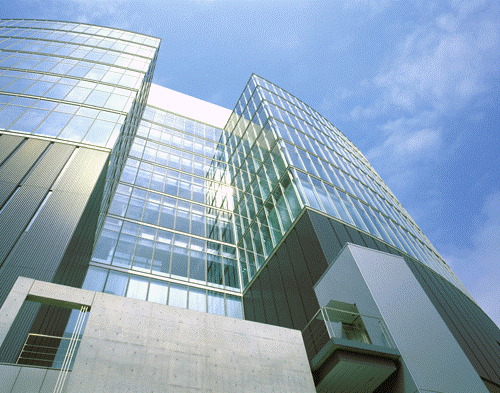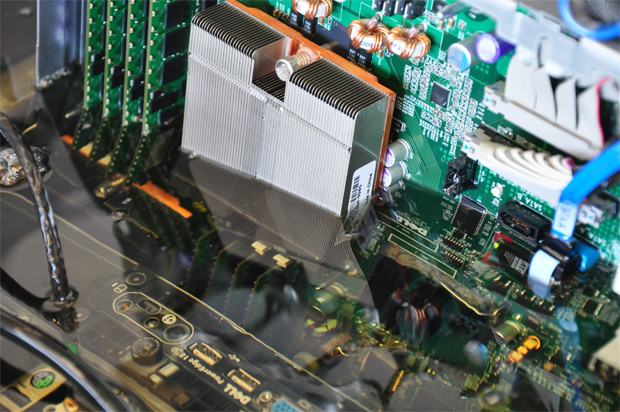
A Slow Road to Recovery for European Data Centers
December 21, 2012The Top 5 Smiles of the Week… Of the Year
December 22, 2012Immersion cooling is an experimental cooling process that involves submerging a server inside a dielectric fluid:
Earlier this year, engineers from 3M tested a new cooling method known as “immersion cooling”. This new technique submerges servers in dielectric fluid for a two stage cooling process which is designed to be more efficient and eliminates the need for raised floor space within a colocation facility.
While no major US operators have any plans to upgrade existing facilities, other companies such as intel, 3M and Facebook continue the R&D process.
Different Strokes for Different Folks
3M’s “open bath immersion cooling” system immerses a dedicated server in its very own Novec liquid, a chemical with a low boiling point and enhanced heat transfer qualities.
Once the chemical reaches it’s boiling point it quickly turns to gas and transfers heat into a condenser cooled by water. The cooled vapors are then transferred back into liquid. 3M’s system goes a step further and coats each processor with a chemical that improves component heat transfer even further.
PUE improved
While some aren’t sold on the idea, preliminary tests conclude immersion cooling improves a server’s PUE (power use effectiveness). High density computing infrastructures seem to benefit most from liquid cooling as they are more difficult to manage with traditional air-cooled systems. Companies that have used the systems claim to have saved thousands on floor space and extraneous hardware.
For example, a server rack would be filled with 200 gallons of cooling liquid with the servers submerged inside. If the whole cooling system is contained within the server rack, the need for raised floor cooling systems diminishes. While the potential savings on colocation space are evident as are the enhanced PUE of immersion cooling systems, testing is still in progress. It may be a little too early to say if and when immersion cooling will take over as the cooling system of choice for data centers and colocation facilities alike. Until then, we’ll keep our eyes and ears open for any new developments.

